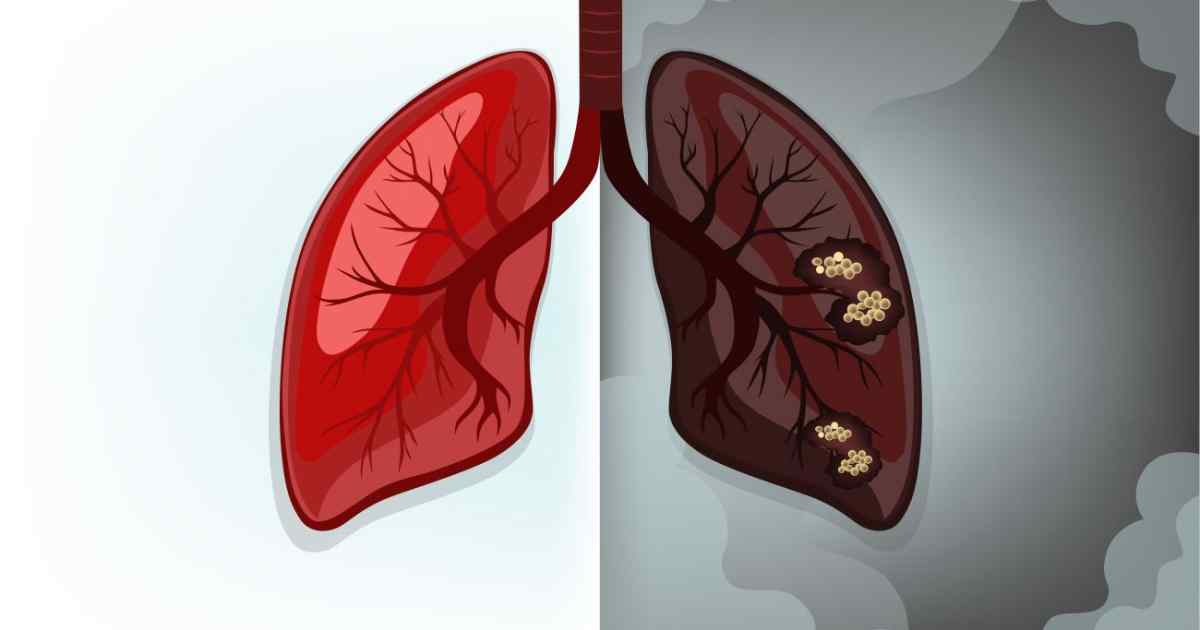When cancer moves from the lungs to a new location in the body, it’s known as metastatic cancer. This change can be devastating and hard to understand. Start a search today to learn more about the advanced stages of lung cancer.
The most common lung cancer is non-small cell lung cancer. At the most basic level, cancer develops when cells grow in an uncontrolled, abnormal way. They interfere with the normal functioning of the body. Find out how this process happens.
Where Can Lung Cancer Spread?
When a person is diagnosed with lung cancer, it means that there are abnormal, cancerous tumors in some part of their lungs. The lungs are made up of two large, spongy organs, which means that cancer can develop within them for a long time before it’s spotted.
The most commons areas where lung cancer spreads includes the adrenal glands, liver, lymph nodes, brain, and bones. Lung cancer spreads to these common areas when cells from the tumor detach and travel through the bloodstream to nearby tissue, where they attach and form a secondary tumor. In some rare cases, doctors may find metastases from lung cancer in the kidneys, stomach, intestines, or pancreas.
It’s estimated that 40 percent of people diagnosed with lung cancer already have metastases present in other areas of their body.
Symptoms of Stage 3 and 4 Lung Cancer
If someone has already been diagnosed with cancer, it can be difficult to isolate the symptoms that occur when lung cancer metastasizes.
Typically, people diagnosed with lung cancer exhibit a wide variety of symptoms, starting with chest-focused symptoms, such as intense coughing that brings up phlegm or mucus tinged with blood, shortness of breath, or pain in the chest. People sometimes attribute these symptoms to other causes, such as bronchitis or pneumonia. Sometimes, lung cancer can develop for years without obvious symptoms, which is why it’s important to get a doctor involved if you notice any of these symptoms.
When lung cancer starts to spread (metastasize), people may start to experience symptoms in parts of their body other than their chest. The types of symptoms they experience can depend on where the cancer has spread. If the cancer has moved into the bones, people may experience bone fractures as the structure of their bones weakens due to the cancerous tumors. If the cancer metastasizes into their lymph nodes, they may experience neck or facial swelling. If the cancer affects their brain, a person may exhibit neurological symptoms which can range from an unsteady gait to memory loss.
Treatments
There are many different treatment options, which depends on the location of the metastatic cancer, as well as its size and stage. According to the National Cancer Institute, once lung cancer metastasizes, it’s generally considered incurable, so the goal of treatment becomes preventing future growth, controlling the size of the tumor, and managing symptoms. Since there is no cure for cancer, health and pain management is of the utmost importance.
Some common treatments include the following.
Chemotherapy
Chemotherapy is the most common form of treatment for cancer. It’s used to shrink the tumor and prevent it from growing larger. Plus, it’s often used in conjunction with medication and can be a prelude to surgery.
Chemotherapy uses various types of medication that circulate through a patient’s system and target the cancerous cells. There are lots of different combinations of chemotherapy drugs designed specifically for each patient by their doctor.
Laser Therapy
Laser therapy is a type of ablation therapy that uses a laser to destroy cancer cells. It’s often used in a situation where the tumor is blocking an airway, in an effort to carefully clear space and encourage easier breathing.
Targeted Therapy
If your oncologist is using a regime of medication to target cancer cells, this process is targeted therapy. The drugs that they use target substances in the body that the tumor requires for growth, in an effort to slow or even completely stop the growth of the cancer.
There are a variety of medications used for this type of therapy, which can be given either orally, or intravenously.
Surgery
Depending on the location and size of the tumor, surgery may be possible. The goal is to remove the tumor, as well as any healthy cells and tissue that may have been exposed to cancerous cells.
Prevention
There are many unhealthy habits or practices that have been identified as contributing to cases of metastatic lung cancer.
Breathing in harmful substances is one of the key risk factors for lung cancer. Some examples include people who live close to asbestos or regularly breathe in air pollution or industrial substances, such as arsenic or gasoline. However, the largest risk factor for lung cancer is smoking. It’s thought that nearly 87 percent of cases of lung cancer in the U.S. today are smoking-related. Quitting smoking is one of the most important things that you can do to avoid increasing your risk for this deadly condition.
Metastatic lung cancer is treatable, but life expectancy isn’t long. The best thing you can do for your health is to quit smoking if you currently smoke and avoid environmental and industrial pollutants. This will keep harmful irritants out of your lungs and ensure your long-term health is protected.
